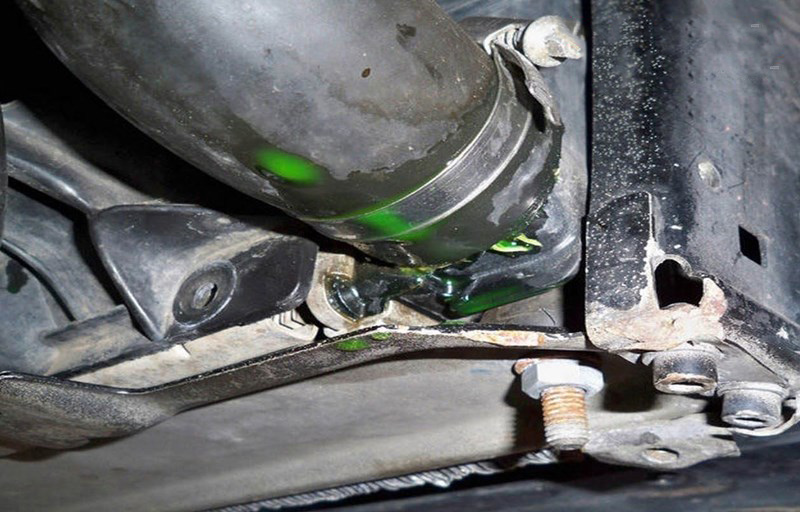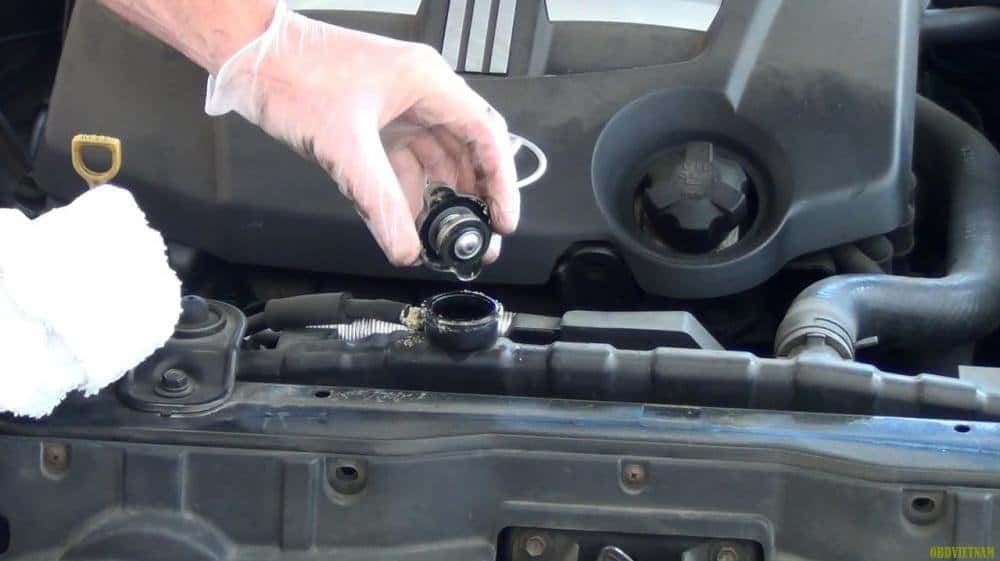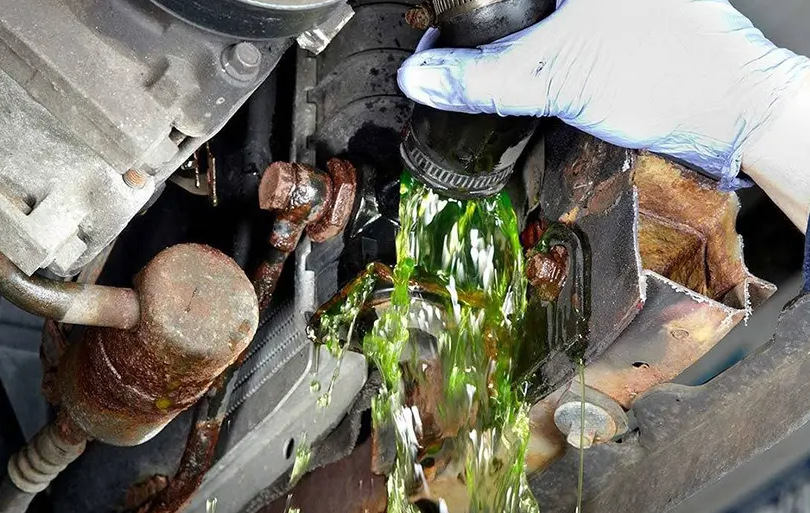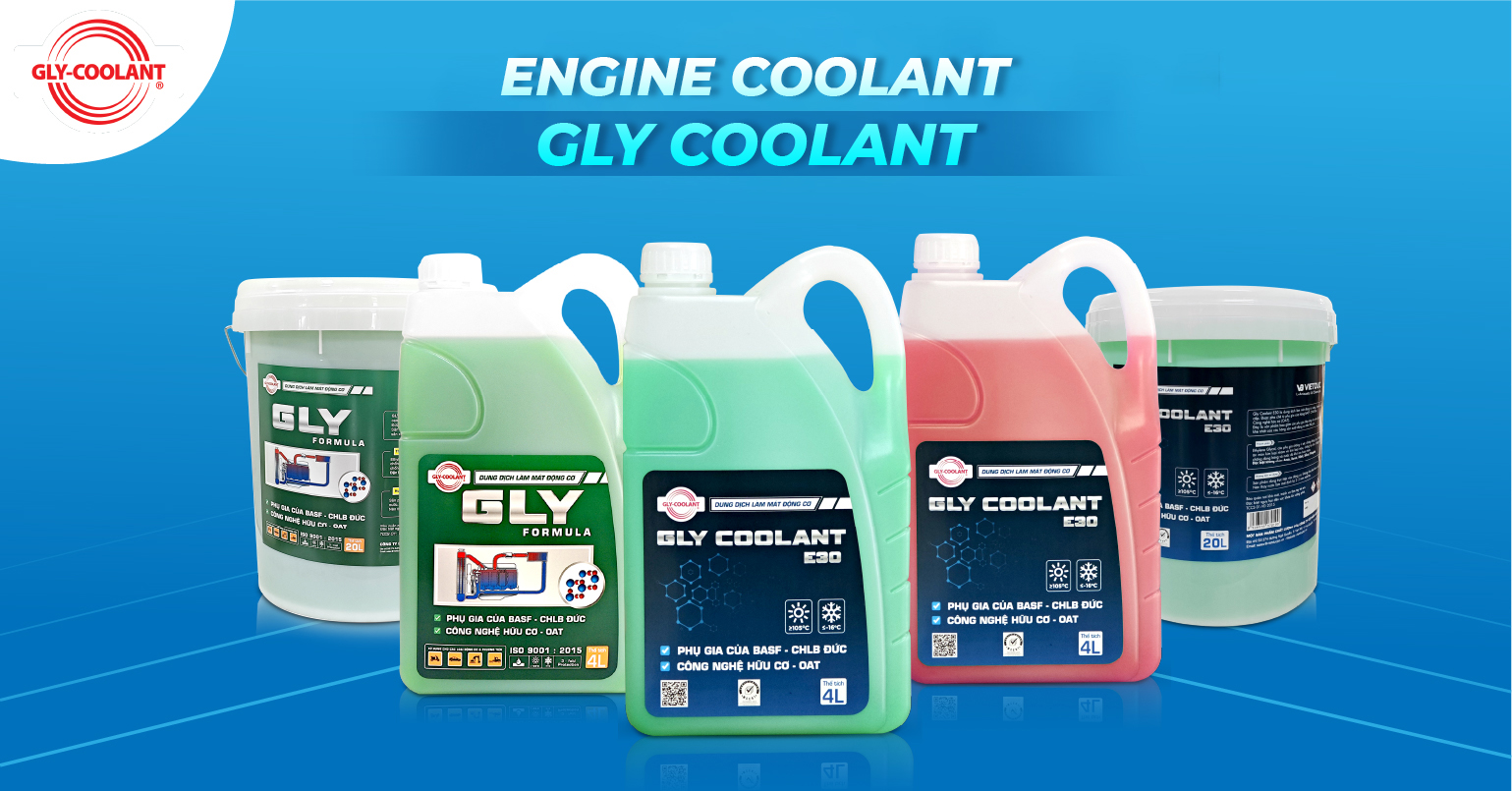Car Coolant Loss – Hidden Causes and Smart Solutions
Coolant prevents engine overheating, corrosion, and damage. Choosing high-quality OAT coolant like GLY COOLANT ensures durability, optimal performance, and protection in all weather conditions.
Imagine cruising smoothly on the highway when, suddenly, the temperature gauge hits the red zone. You pull over, pop the hood, and realize the coolant level is alarmingly low. Coolant loss not only disrupts your journey but also jeopardizes your engine’s "health."
But don’t worry—this article will help you uncover the underlying causes and provide smart solutions to avoid such frustrating situations in the future.

The “Culprits” That Cause Coolant Loss
There are things you can see right away and there are also things that are silently destroying inside. Coolant loss is a typical example. Below are the main reasons why you constantly have to add water without understanding why.
Radiator “Leaking” – That You Don’t Know
The radiator is the “lungs” of the cooling system, but even a small crack can cause water to leak out little by little. These cracks are often difficult to detect because the water can evaporate before you notice. Tip: Check regularly by looking closely for moisture or deposits around the radiator.
.png)
Water Evaporating Through Damaged Tank Cap or Sub-tank Cap
Pressure is vital to keeping coolant from evaporating. If the radiator cap or reservoir cap is loose, water will be lost even if you don’t notice the leak. Hint: Don’t overlook the reservoir cap! This is an often overlooked but important part.

Thermostats and Water Pumps – Are the “Heroes” Tired?
A thermostat that does not open at the right time or a faulty water pump will prevent the coolant from circulating, causing the engine to overheat. The water may be pushed out through the vent line.
Signs: The car heats up quickly even though you have just filled the coolant, the temperature warning light is often on.

Engine Head Gasket – Unpredictable Cause
If the head gasket is loose, coolant can leak into the combustion chamber and turn into steam. This is one of the most serious causes, as it not only wastes water but also damages the engine.
Tip: Look for white smoke from the exhaust and check the engine oil. If the oil turns milky brown, it is likely that water has mixed with the oil.
.jpg)
How to Handle Coolant Loss Smartly

Regular Checks – Treat Your Car Like Your “Lover”
Regularly check the coolant level in the expansion tank and radiator. If you notice coolant disappearing quickly without an obvious reason, inspect the hoses and radiator immediately.
Replace the radiator cap every 2-3 years if it’s no longer sealing properly.
Maintenance on Schedule – Don’t Wait for Problems to Arise
Change the coolant as scheduled, and if possible, choose a high-quality coolant like Gly Coolant—an advanced product from BASF Germany.
Gly Coolant not only cools effectively but also prevents sediment buildup and corrosion, reducing the risk of leaks.
With a lifespan of up to 4 years or 100,000 km, Gly Coolant helps save time and money.
Suitable for all vehicle types, from passenger cars to long-haul trucks, thanks to superior additive technology.
Temporary Solutions – Emergency Skills for Long Journeys
If you discover a small leak in a hose or radiator during a long trip, you can use specialized sealant or heat-resistant tape for a temporary fix. However, this is just a short-term solution—be sure to replace the damaged parts once you reach your destination.
Check and Replace the Cylinder Head Gasket if Needed
If you suspect that coolant has leaked into the oil or combustion chamber, do not attempt to fix it yourself. Take your car to a reputable garage for inspection and replacement of the cylinder head gasket.
Prevent Coolant Loss – The Secret to Survival for Your Beloved Car
.jpg)
Choose the Right Coolant:
Prioritize OAT products or at least HOAT to provide better protection for your engine. Gly Coolant is a top choice with superior corrosion resistance and is safe for all types of vehicles.
Don’t Mix Tap Water with Coolant:
If you need to top up, only use distilled water to avoid mineral buildup in the system. – You can buy distilled water here:
Shopee: https://shopee.vn/Nuoccatmotlan
Don’t Mix Different Coolants:
Mixing different types of coolant can reduce their effectiveness and cause sediment buildup in the system.
Protecting Your Car Is Protecting Your Journey
Coolant is the "silent hero" of the engine system, and coolant loss should not be taken lightly. Addressing the issue early helps you save costs and ensures safety on every journey.
Choosing high-quality coolant like Gly Coolant not only keeps your car running smoothly but also extends the lifespan of the engine. Don’t let your journey be interrupted by unnecessary issues—take care of your car every day, and it will safely and smoothly take you to every destination.
GLY COOLANT - Coolant of Viet Duc

GLY COOLANT – a product of Viet Duc – is manufactured using OAT technology, available in two popular colors: green and red. This makes it easy for users to choose and top up coolant that matches the product they previously used, without worrying about compatibility.
The product, produced by Viet Duc Joint Stock Company, stands out from other brands due to its premium additive package “Corrosion Inhibition – Anti-scaling – Anti-foaming” directly imported from BASF Group – Germany.
Product information: https://vietducjsc.vn/nuoc-lam-mat-c19.html
Coolant, engine, overheating, corrosion, GLY COOLANT, OAT, engine protection, performance, maintenance, Viet Duc JSC.
VIET DUC JOINT STOCK COMPANY
Address: No. 274 Ngo Quyen Street, Van My Ward, Ngo Quyen District, Hai Phong City.
For technical consultation on products, please contact:
Email: ngoc.tt@vietducjsc.vn
Hotline/Zalo: +84 89 669 1189








